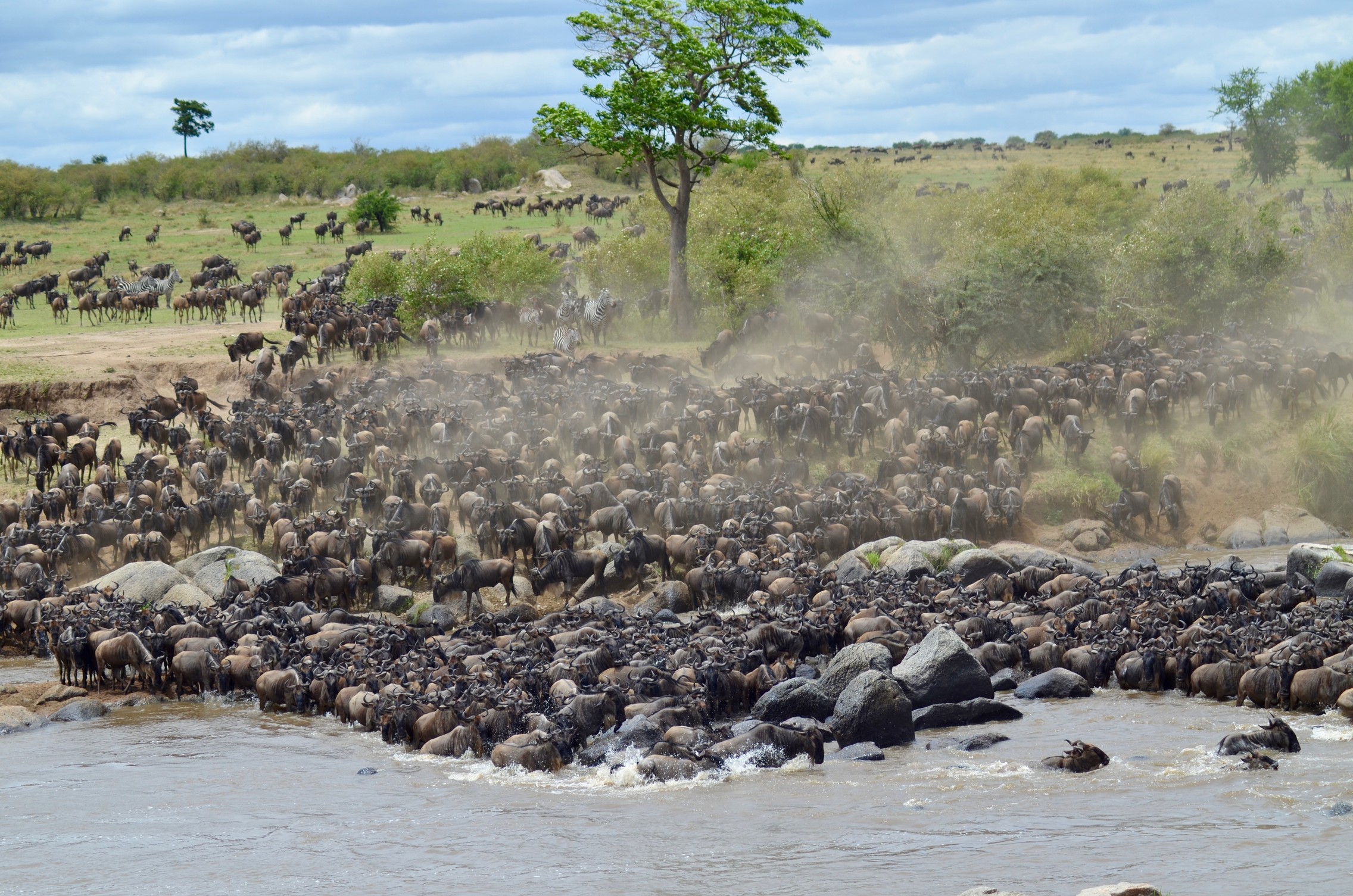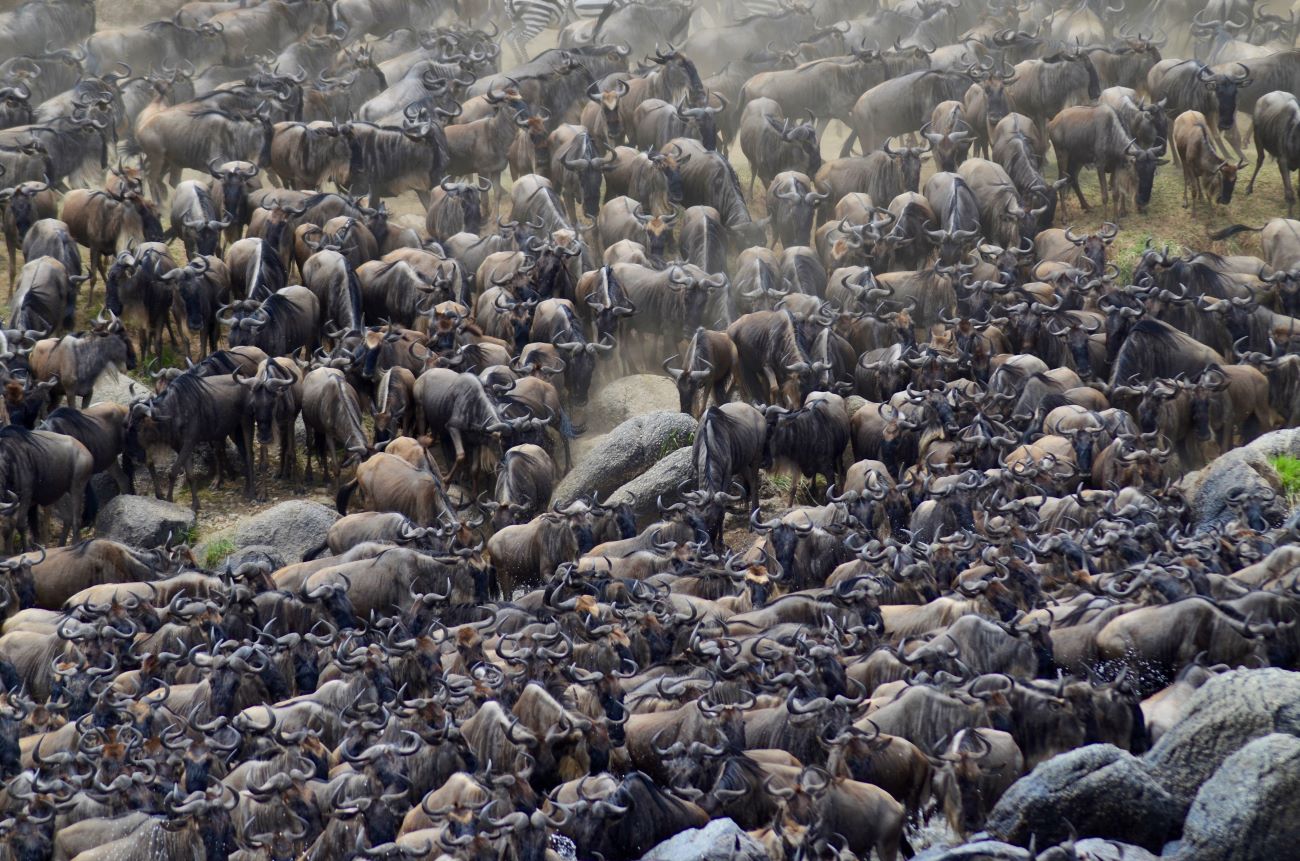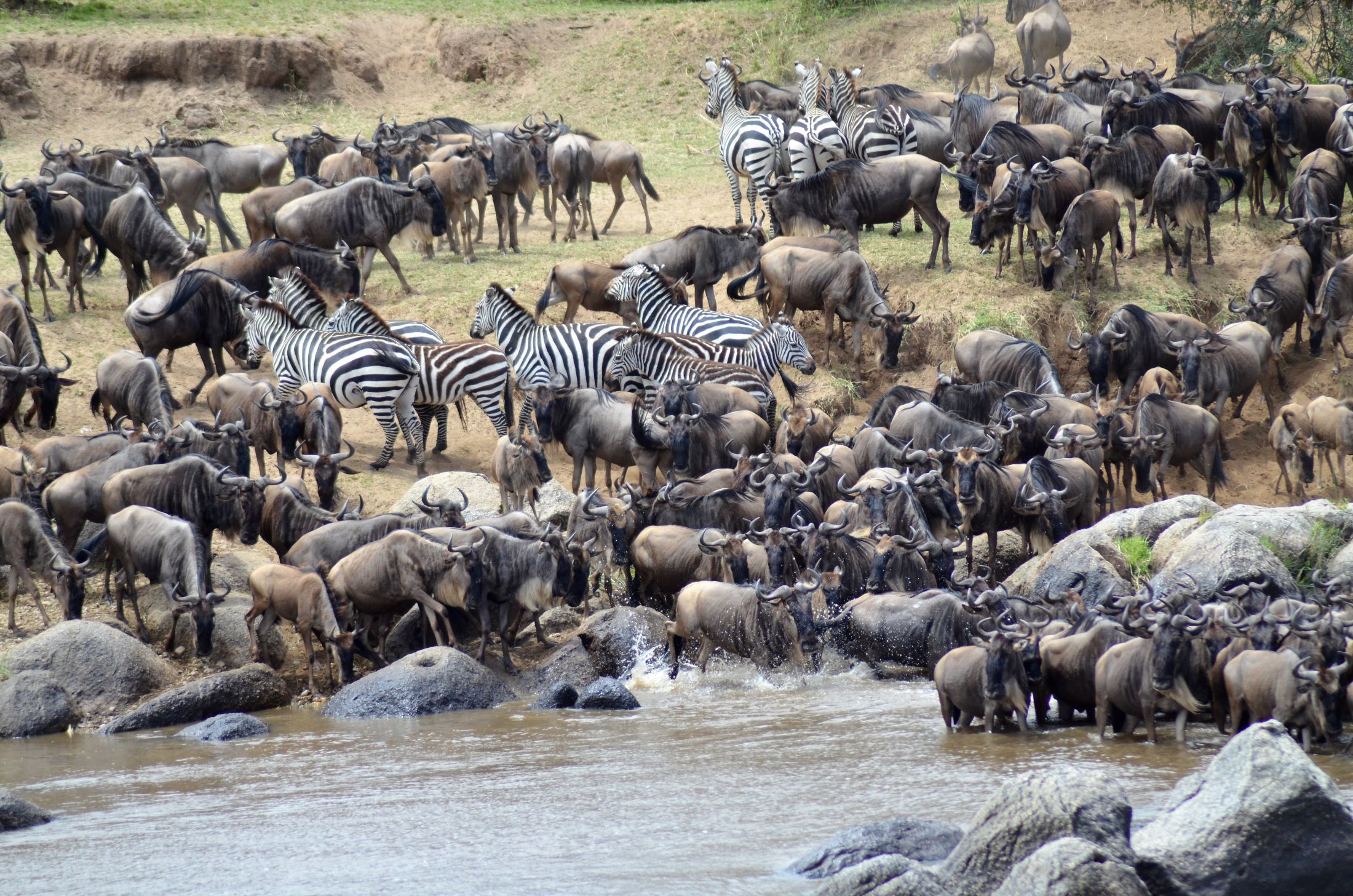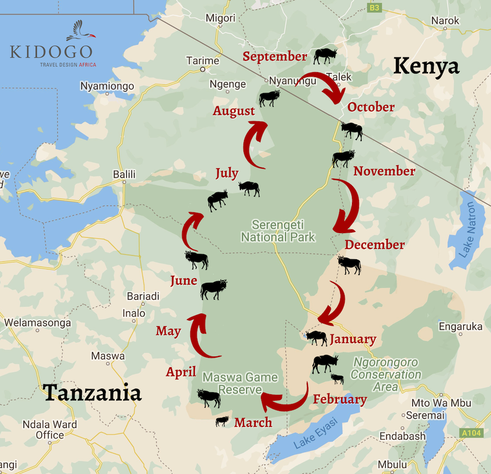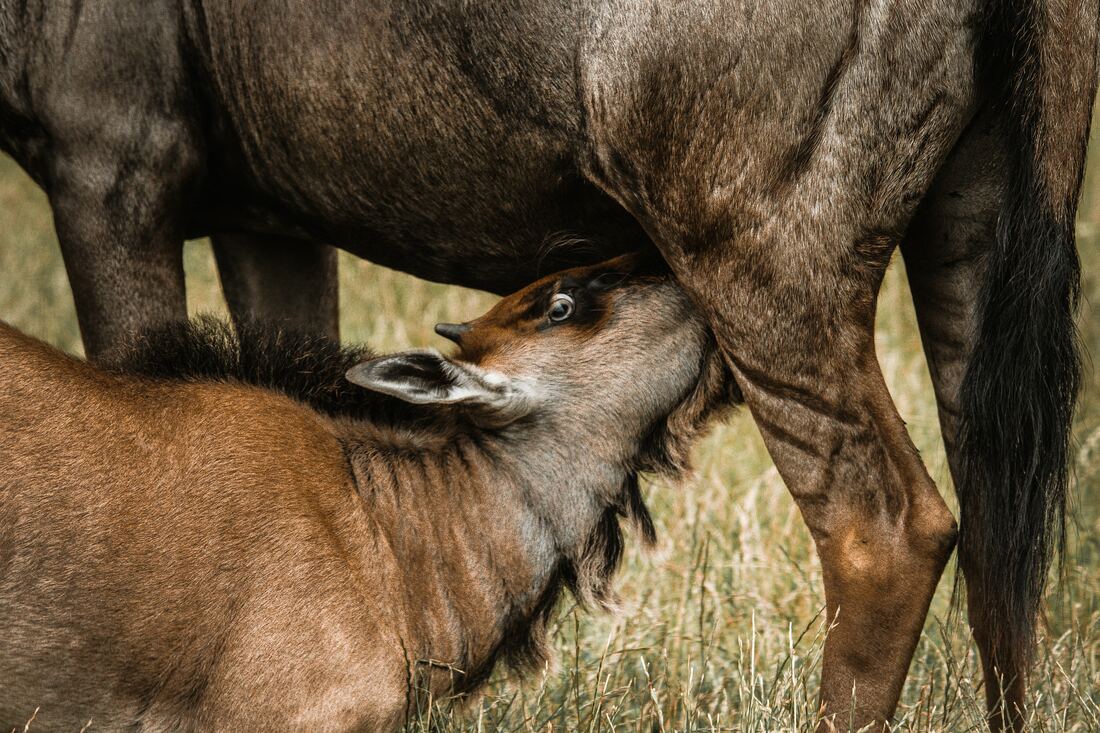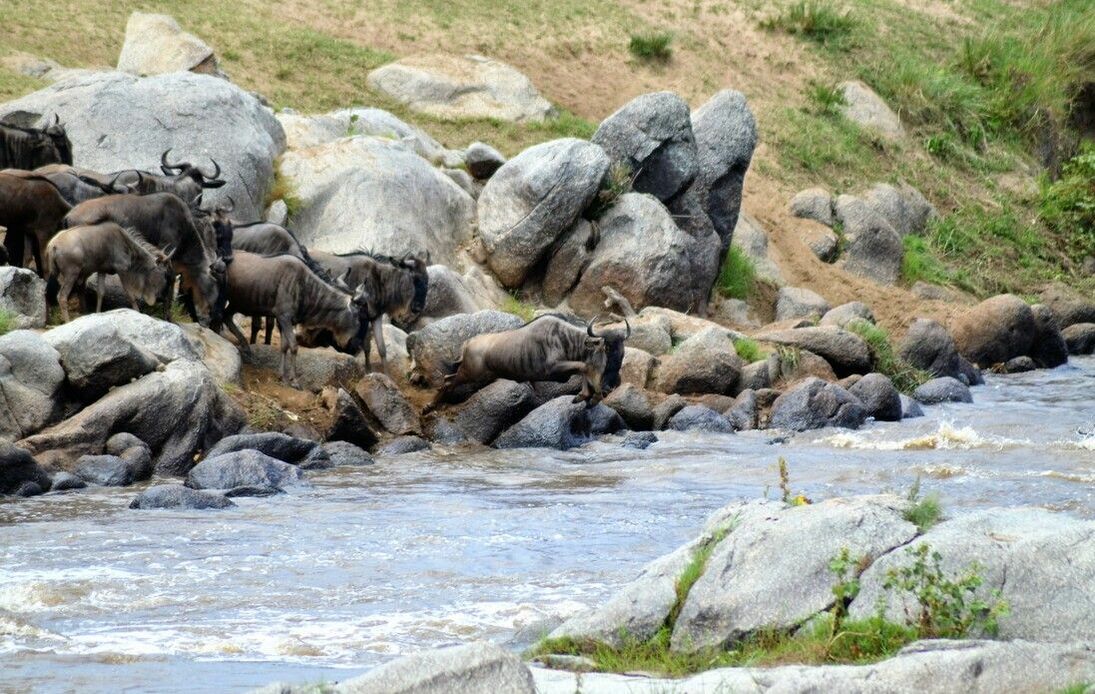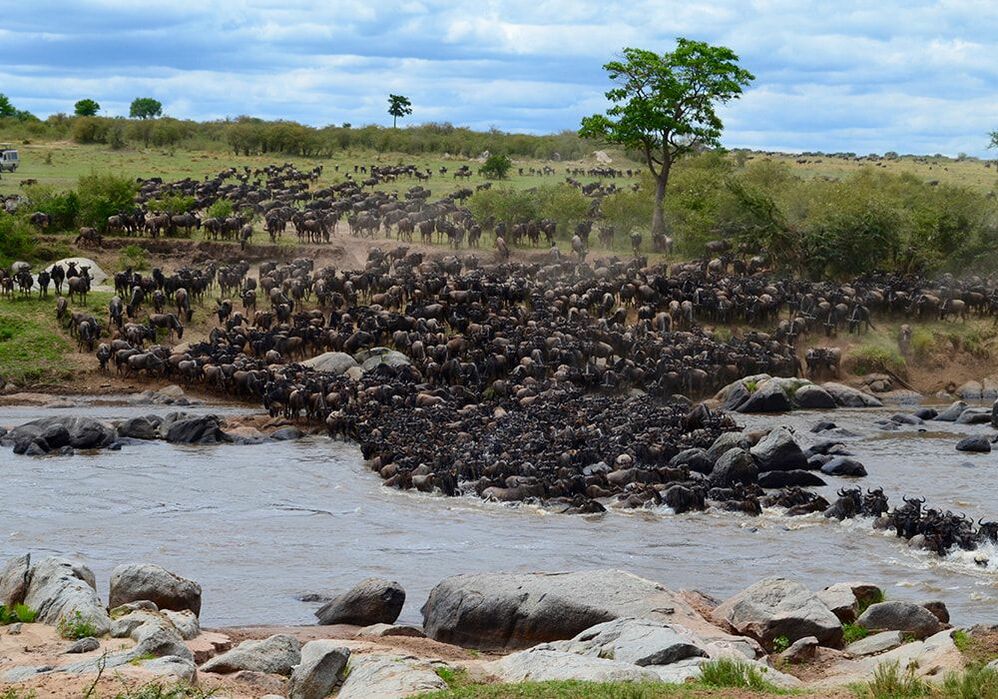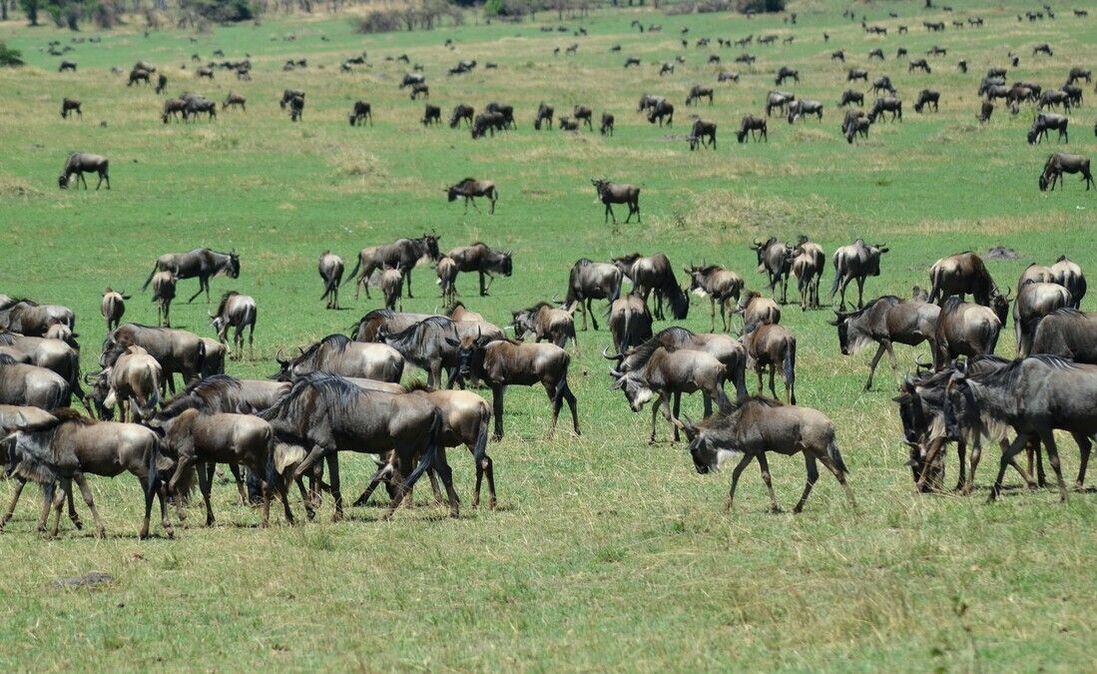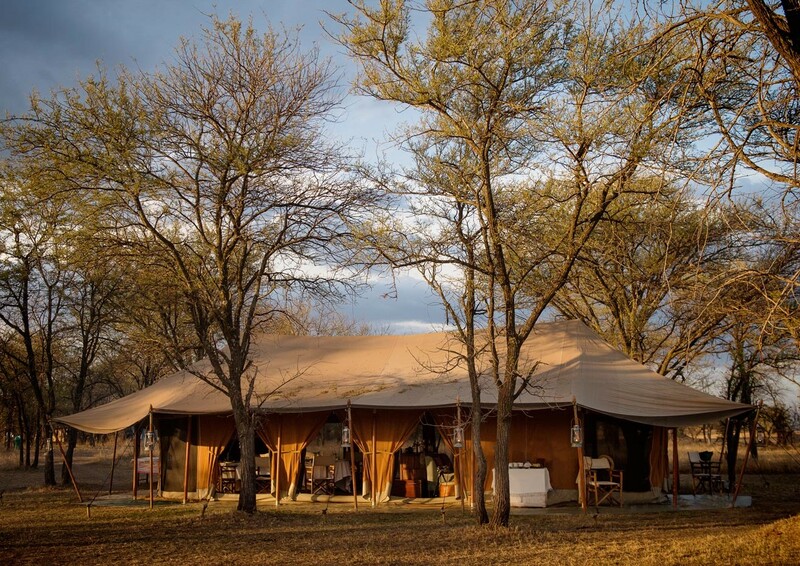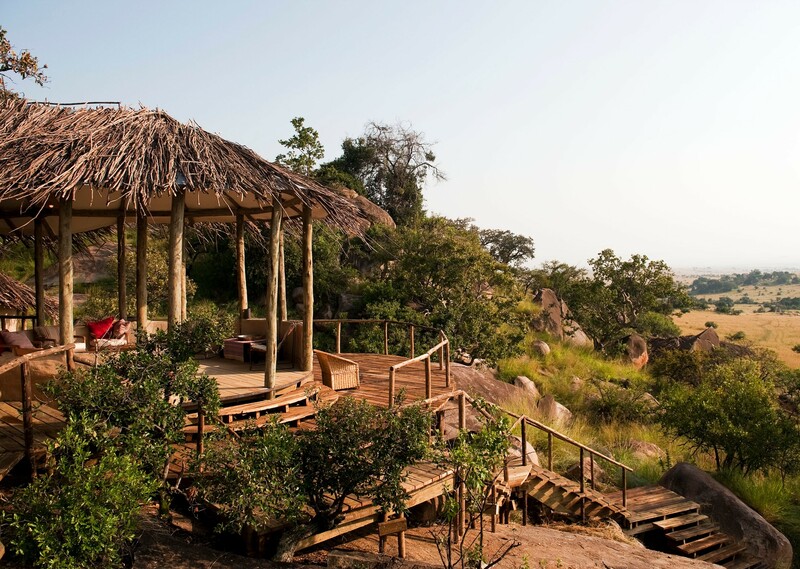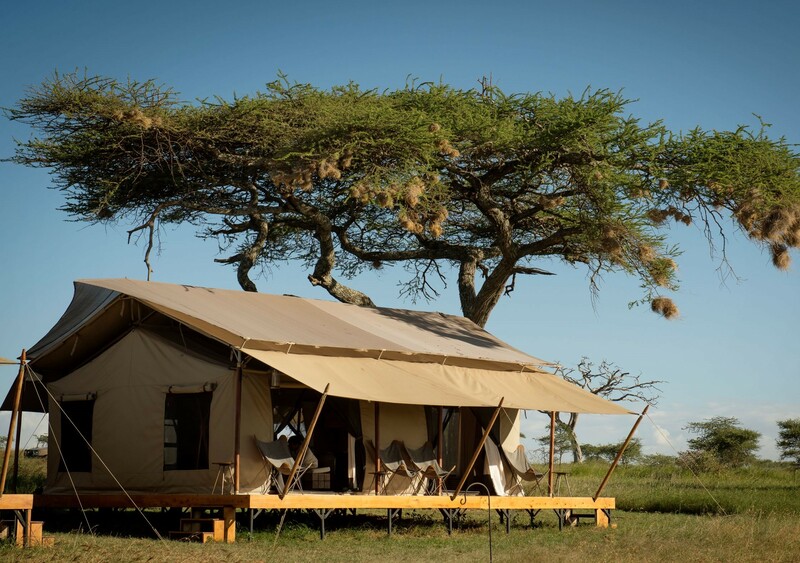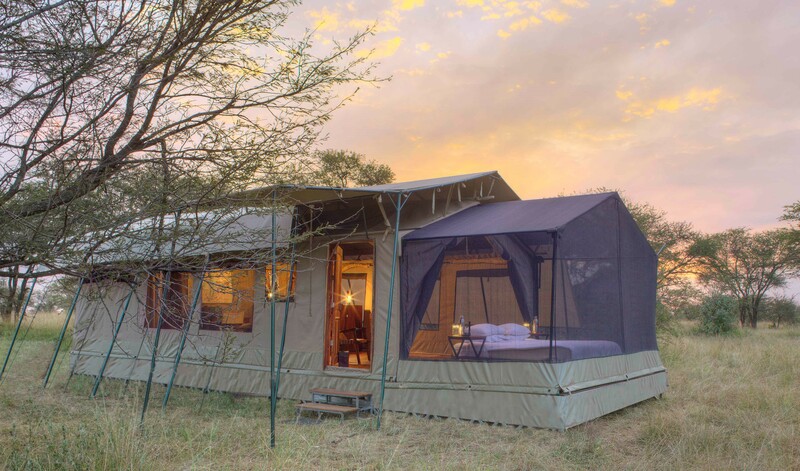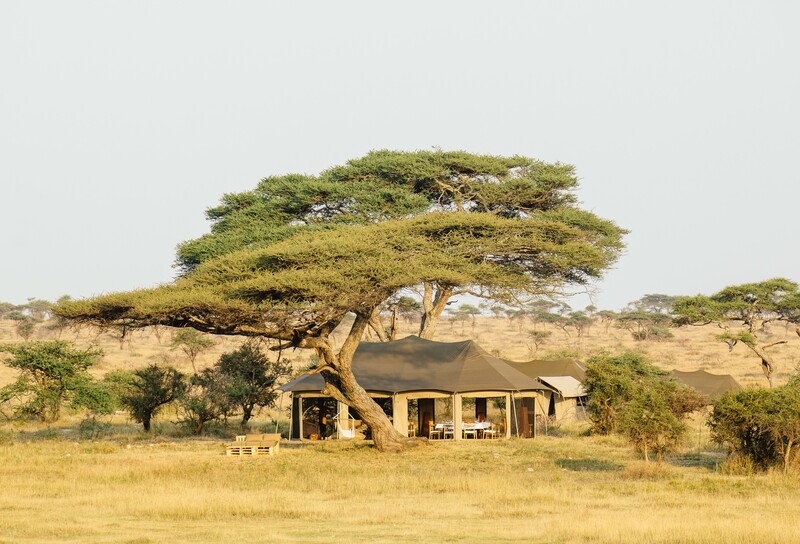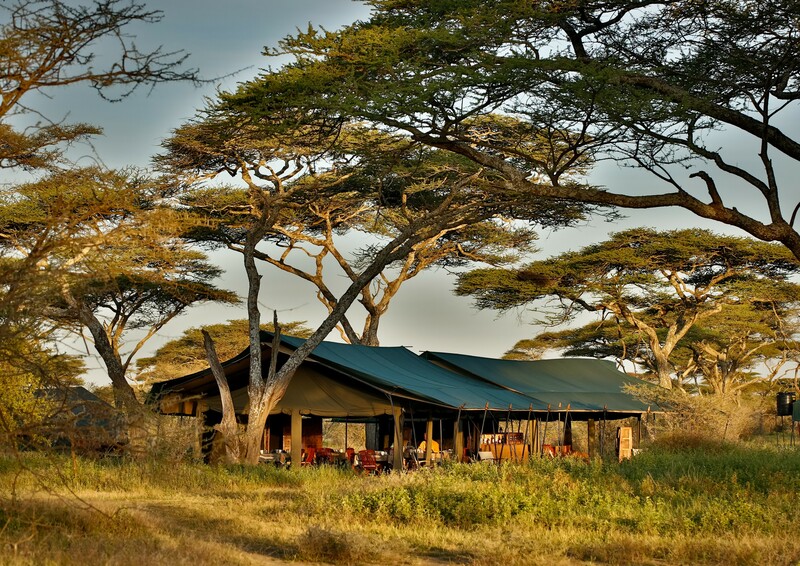X Slider Background Settings
The Great Wildebeest Migration
|
Experience the great wildebeest migration up close on your bespoke safari!
There are a number of permanent and mobile camps where guests can stay in order to observe this remarkable wildlife phenomenon. Mobile tented camps move seasonally to follow the path of the migration. Rainfall patterns can affect the route significantly; however, there is a general migratory pattern that can be approximated, which is outlined below. It is important to be aware that the migration is always thrilling but often unpredictable! Sightings can never be guaranteed but the sheer number of animals involved makes the chances of witnessing the herds very high, if the right locations are chosen seasonally. We keep up to date with trends of the migration to ensure you have the best chances of witnessing it!
The Calving Season
|
Upward and Onward
|
Grumeti River Crossing
|
The Mara River Crossing
|
Heading South
|

